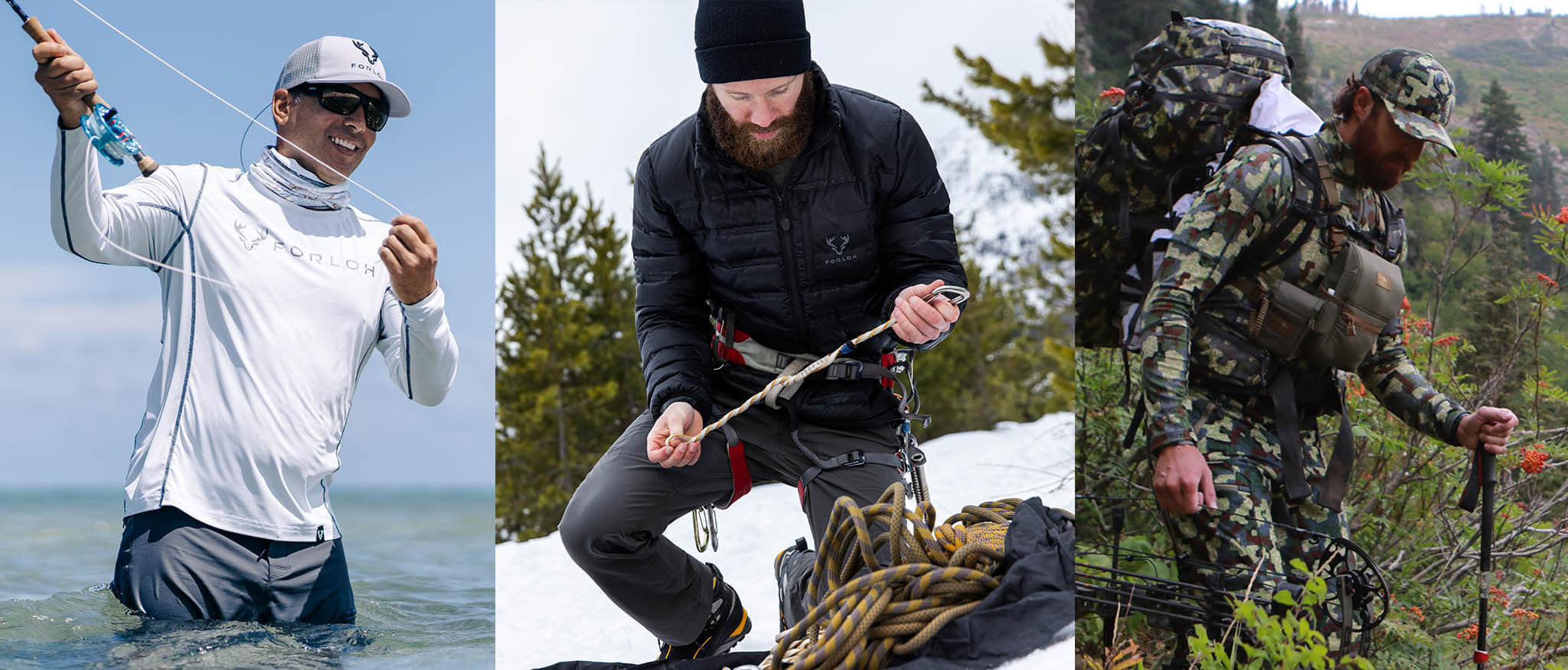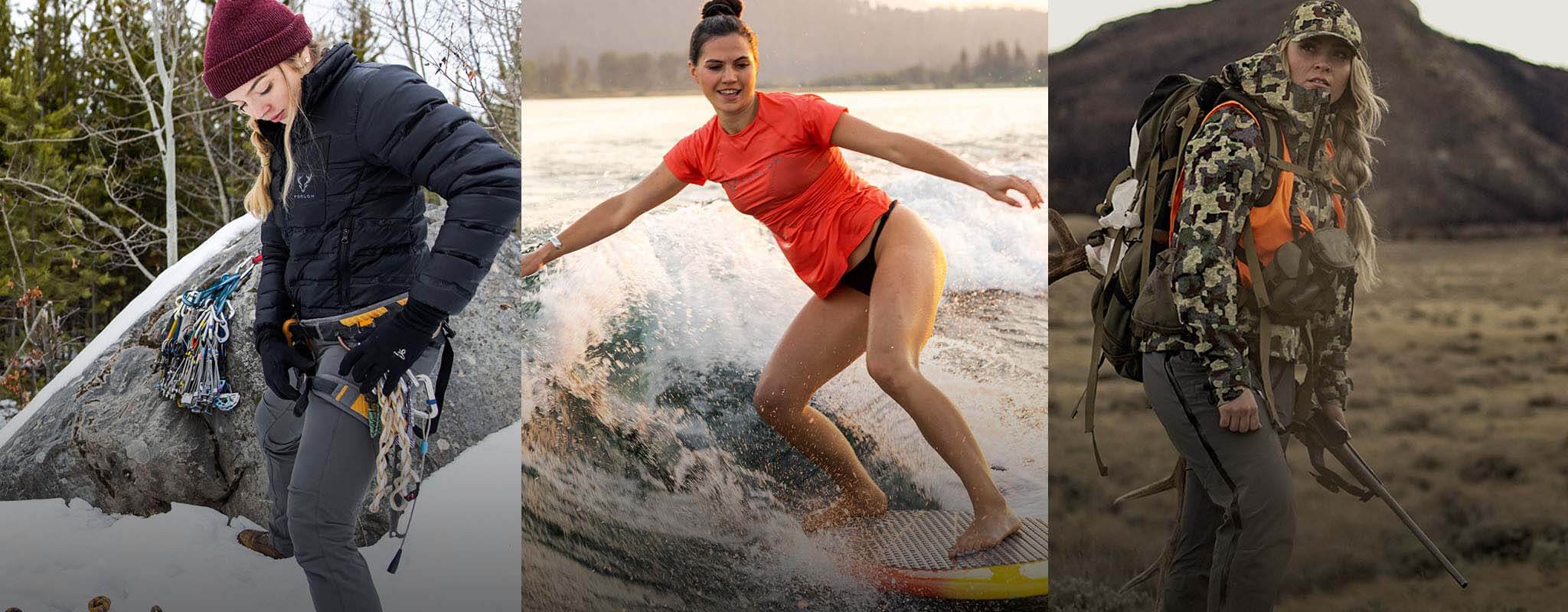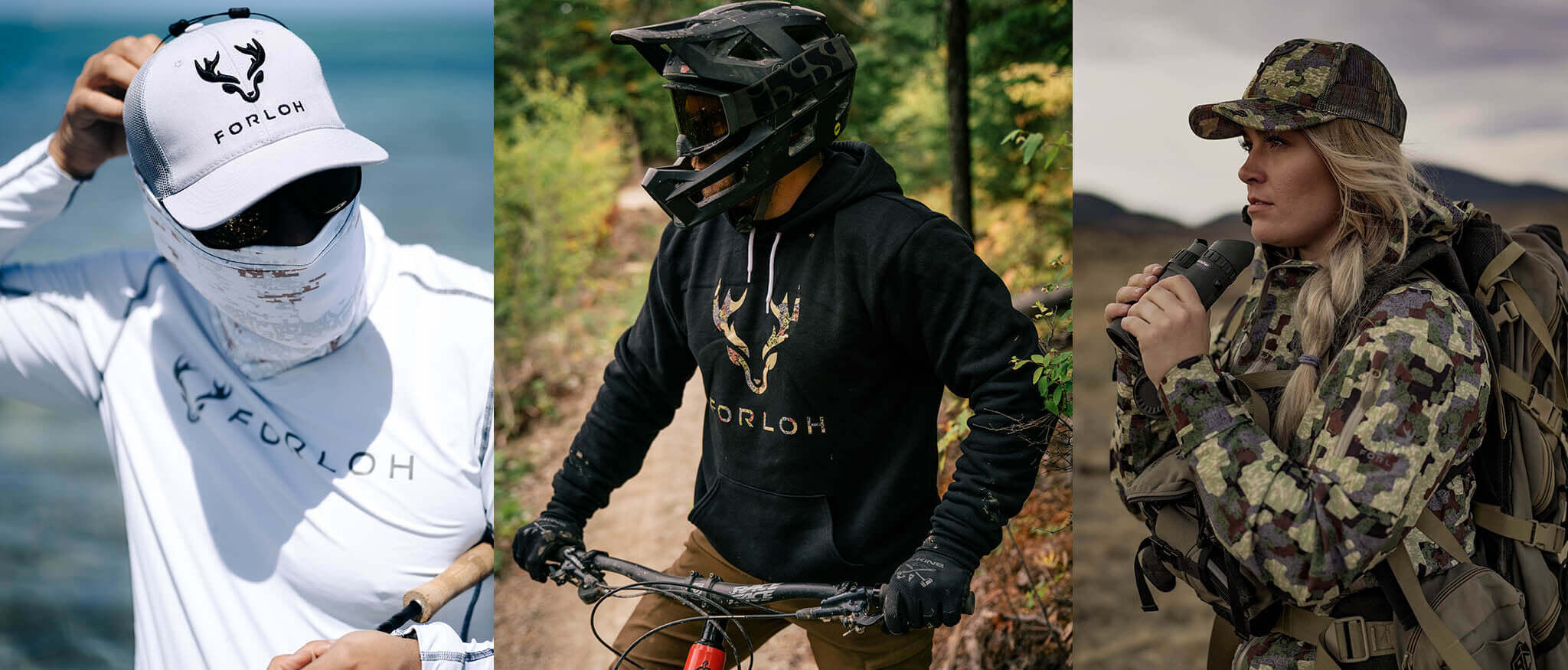How the hunt consulting agency, The Draw, is using decades of experience and lots of math to help hunters win quality hunts every year.
For nearly two decades, Andy Techmanski, founder of FORLOH and a Montana resident, has entered New Mexico’s hunting lottery. His ambition was to draw one of the state’s exotics: oryx, barbary sheep, ibex. The odds for these public-land hunts are notoriously low, and Techmanski never connected. Then last year Techmanski met Jordan Christensen, a lifelong hunter and primary at the hunt consulting agency, The Draw. Christensen constructed a comprehensive, multi-state application for Techmanski and his wife, Mandie. When the New Mexico draw was announced on April 22, the Techmanskis were elated: Mandie had won not only a mule deer, but she’d also scored both the elusive oryx and barbary sheep hunts.
“I couldn’t believe it,” recalls Techmanski. “After so many years, I had almost decided those tags were a myth. Then in one try, Jordan got us two hunts of a lifetime.”
The Draw is a boutique consulting agency that helps hunters maximize their odds of getting the hunts they want by understanding the disparate state lottery systems and constructing a personalized, all-encompassing application strategy. That may sound grandiose, but really the company is a small group of extremely experienced hunters who were tired of seeing friends and acquaintances miss out on hunting opportunities year after year. “Half the time, people applying for hunts have no idea what they are doing, which is totally understandable because the systems are so different and arcane. We realized collectively we had a ton of knowledge that could help,” says The Draw founder Christensen, who, at 38, has accumulated 22 preference points in Utah’s desert bighorn draw. “My father was a bit of a visionary. He set me up and taught me a lot. I’m not sure he realized it would lead me to a career.”

Christensen describes the Techmanskis’ 2020 application as “extremely aggressive,” but he also says that approach paid off in the couples’ first year. A first-year application can be tricky because most states rely on some level of preference points, which are accumulated over time through multiple years of applications. The best way to overcome that obstacle is by putting in a large volume of applications, which stacks the lower odds in an applicant’s favor. The Techmanskis’ put in some 130 applications nationwide. “Lotteries are by definition random, but even in year two, with some points in place in many states, it will become a question of if they want to hunt, not just hoping for a hunt,” says Christensen. And though he admits there was some luck involved with Mandie’s draw (odds for the hunts she drew were 33 percent for the deer, 9 percent for the barbary sheep, and just 2.3 percent for the oryx), he also says part of the success came down to choosing the right codes for the couple’s rookie situation. “They had success in volume, but we also kissed the dice,” says Christensen. “From our 10,000-foot view of working with so many clients, we have a good idea what tags are actually possible. That pays off.”

We asked Christensen for his top tips for hunters looking to maximize their hunting opportunities:
- TAKE STOCK OF YOUR PRIORITIES
If you will only settle for high-quality, high-demand hunts on age-class animals, you can either expect to pay a lot of money (Christensen says a chance to shoot a 350-class bull elk or bigger ranges from $15,000 to $35,000, depending on success rates) or wait at least a few years between hunts. On the other hand, if simply being in the field and having some good chances and good opportunities is your priority, you can plan to hunt consistently every year. “I think many hunters get in the trap of thinking, ‘It’s this tag or nothing,” when there are so many great opportunities out there,” says Christensen. For his clients, he recommends a multi-tiered approach, with “unicorn hunts” that may produce only every 10 years or more in some states combined with “bread-and-butter” opportunities in a combination of places that should yield field time every year.
- APPLY FOR MORE THINGS
“A lot of guys put in for elk and deer every year and that’s the end of the story,” says Christensen. But that only covers a tiny proportion of domestic, big-game hunting opportunities if you consider species such as pronghorn antelope, turkey, bear, javelina, bighorn and Dall sheep, mountain goats, mountain lion, oryx, barbary sheep, ibex, and other exotics. “If your priority is to hunt, you’re leaving so many opportunities on the table if you only put in for that same old deer tag you’ve been trying to get for years,” he says. Of course more applications means more money down, with most states refunding unsuccessful applicants after the lottery. For those interested in applying for more but not willing to make the upfront investment, The Draw has a “Floated” pricing scheme option that covers the application costs for a 9 percent fee.
- NOT ALL STATES ARE EQUAL
The more states you can apply in, the more opportunities for successful hunt draws you’ll have. But given varying rules, regulations, and game densities, not every state is created equal. “Because of how its system works, other than desert bighorns Nevada is probably not a great basket for all your eggs,” says Christensen. On the other hand, he says that states like Idaho and New Mexico, which have no preference points, are great bets for everyone. And while Arizona and Utah offer excellent quality but difficult-to-draw tags, which suits aspirational hunters, Colorado and Wyoming’s prolific herds and more egalitarian systems make for more frequent drawing opportunities.
- PLAY THE LONG GAME
The chances of you drawing on your first go in many states is just that … a game of chance. Christensen advises that it’s best to look at applications as a multi-year investment. By accruing preference points several years in a row in multiple states, a hunter can line up hunt options that can be cashed in on an alternating basis to assure quality time in the field every year. “If you play the points right, after a year or two you can have a great draw hunt in Colorado or Wyoming virtually every year,” he says. And these aren’t just low-percentage, over-the-counter units. “The general tag in Wyoming lets you hunt over half the state, including parts in the west that I believe currently have some of the best elk hunting anywhere in the U.S.”
- CRUNCH THE NUMBERS
All tag opportunities are not equal. Every Game & Fish department in the country publishes both draw statistics and harvest reports. By poring over this data and cross-referencing one to another, it’s possible to identify tags with a convergence of high draw and harvest success rates. And while it might be tempting to chase units with the highest draw success rates, if field time is a priority, look for units with large entry pools. “A unit with 300 successful applicants means there’s more chances of drawing — and probably more game — than a unit with only 25 successful applicants,” says Christensen. “I see hunters fed up with not drawing, yet they put in for the same low-odds units year after year. If you’re tired of not hunting, be willing to look at new places.”
- CONSIDER OUTLYING EXPERIENCES
While it’s tempting to gravitate to units with classic elk and deer terrain, Christensen says that unlikely habitats with low hunter demand can also provide interesting opportunities. Flatlands and deserts, for instance, generally have few tag offerings, but they can be easier to come by because demand is low. “And low hunter pressure means, even though there might not be a lot of animals around, the ones that are there can reach a more mature age,” says Christensen. On a hunt in a lowland unit in central New Mexico, which is not known for elk and has only a few tags a year on offer, he and a client didn’t see a single elk for days, then harvested one of the biggest trophies he’s ever taken. “It’s the worst place in the world to hunt elk because there’s no elk,” he says. “Except for all the big bulls.”
For those without the time or interest in taking on the research themselves, The Draw charges a flat fee of $45 per application, though that drops to $27 per app plus 9 percent the cost of the tag if The Draw floats the tag fee. In addition to hunt planning services, which are available to outfitted hunters and DIYers alike, The Draw works hard to connect clients with the preeminent guide services in a region based on the company’s massive network of outfitting contacts. And though Christensen says most hunters contact him in the last few weeks leading up to application deadlines, he loves taking calls in the late summer and early fall as it allows time to cultivate a relationship with a client and craft a tailored plan. Says Christensen, “The most gratifying thing for me is to help people figure out what they want from a hunt and then develop a strategy that will get them into the field to fulfill that.”







